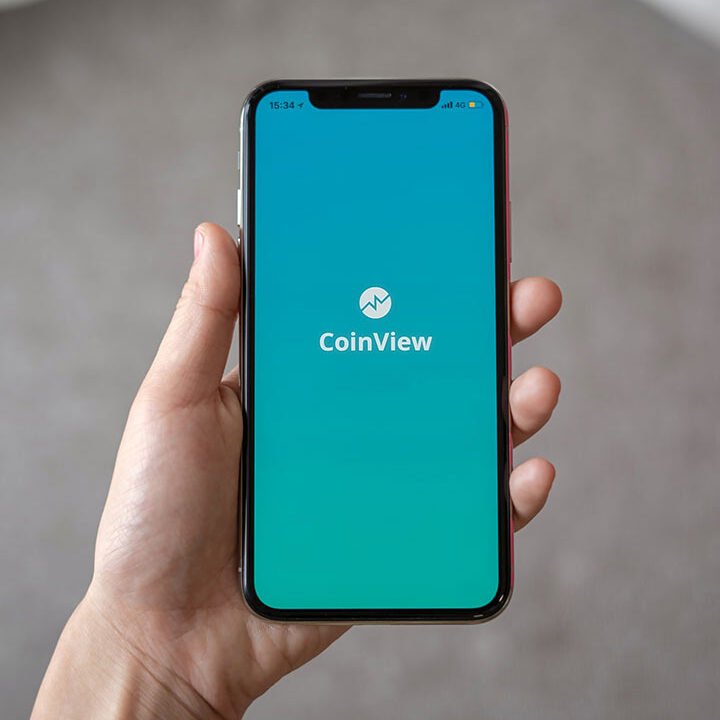How to Build a Stock Trading App: Step-by-Step Development Guide
Introduction
The world of finance has transformed significantly with the rise of technology, and one of the most revolutionary shifts is the surge of stock trading app development. Investors, both beginners and professionals, increasingly rely on mobile platforms to buy, sell, and manage their investments. This change in behavior has made it essential for businesses and entrepreneurs to understand the landscape of trading app development.
A stock trading app offers users real-time access to market data, trading tools, portfolio tracking, and financial news. For developers and businesses, building such an app opens up a high-potential avenue for revenue, user engagement, and fintech innovation. This guide explores everything you need to know to develop a stock trading app, from ideation and essential features to compliance, tech stack, and monetization strategies.
If you’re considering entering the fast-paced domain of stock market app development, or you’re an enterprise wanting to expand your fintech services, this guide is your roadmap. We specialize in mobile trading app development, helping clients bring high-performance, secure, and user-centric trading solutions to life.
Why Invest in Stock Trading App Development?
The demand for mobile trading app development is skyrocketing due to several factors:
- Convenience and accessibility: Users can trade from anywhere.
- Real-time updates: Instant market data and notifications.
- Increased market participation: Easy access encourages more people to invest.
- Revenue opportunities: In-app purchases, subscriptions, and brokerage commissions.
According to recent reports, the global market for stock trading apps is expected to grow substantially in the next few years, driven by increasing financial literacy and smartphone penetration.
Key Features of a Stock Trading App
Successful trading app development begins with understanding the must-have features that appeal to users and meet compliance requirements:
1. User Onboarding and KYC
- Seamless registration and verification process.
- Integration with identity verification systems.
2. Real-time Market Data
- Live updates on stock prices, indices, and commodities.
- Interactive graphs and historical performance.
3. Trading Functionality
- Buying and selling stocks with a single click.
- Order types (market, limit, stop-loss).
4. Portfolio Management
- Dashboard to monitor holdings and P&L.
- Analytics and insights.
5. News and Insights
- Financial news feed and market predictions.
- Analyst recommendations.
6. Push Notifications and Alerts
- Price changes, trade executions, and news alerts.
7. Security and Compliance
- Data encryption, two-factor authentication, GDPR, and financial regulations.
Steps to Develop a Stock Trading App
Here’s a step-by-step breakdown for successful stock trading app development:
Step 1: Market Research and Planning
- Identify your target audience.
- Analyze competitors and define your USP.
Step 2: Choose a Development Model
- Native apps for iOS and Android.
- Cross-platform solutions for faster deployment.
Step 3: Select the Right Tech Stack
- Frontend: React Native, Flutter
- Backend: Node.js, Python, Java
- Database: PostgreSQL, MongoDB
- APIs: Market data APIs (IEX Cloud, Alpha Vantage)
Step 4: Design UX/UI
- Intuitive interface
- Minimalist and responsive design
Step 5: Development and Integration
- Frontend and backend development
- Integration with payment gateways, brokers, and third-party APIs
Step 6: Testing
- Functionality, security, and performance testing
- Beta testing with real users
Step 7: Launch and Deployment
- Submit to app stores
- Monitor app performance and gather feedback
Step 8: Post-launch Support and Updates
- Regular maintenance
- Feature enhancement based on user feedback
Challenges in Stock Market App Development
Creating a trading app isn’t without its hurdles:
- Regulatory Compliance: Different regions have different financial regulations.
- Security: Financial apps are frequent targets of cyber-attacks.
- Data Accuracy: Real-time data must be accurate and reliable.
- User Trust: Ensuring reliability, transparency, and performance is crucial.
Monetization Strategies
There are multiple ways to monetize a stock trading app:
- Brokerage fees: Earn commission on each trade.
- Subscription models: Offer premium features or ad-free experiences.
- In-app advertising: Display relevant financial ads.
- Partner integrations: Collaborate with financial institutions for referrals.
Compliance and Security Measures
In trading app development, compliance is non-negotiable. Here’s what you need:
- Regulatory Compliance: FINRA (US), SEBI (India), FCA (UK)
- Data Protection: End-to-end encryption, GDPR compliance
- Authentication: Multi-factor authentication, biometric login
Security is critical because your users entrust you with their financial data and assets. A secure app builds user confidence and brand reputation.
Future Trends in Mobile Trading App Development
Stay ahead with these innovations:
- AI and Machine Learning: Personalized trading suggestions
- Blockchain: Enhanced security and transparency
- Voice-activated trading: Faster execution
- Social trading: Community-driven strategies
Conclusion
Stock trading app development presents a promising opportunity for fintech entrepreneurs and enterprises alike. As more investors prefer mobile platforms, the demand for seamless, secure, and feature-rich trading experiences will only grow.
From planning and design to execution and post-launch support, every stage of stock market app development demands expertise and precision. With the right technology partner, you can create a successful mobile trading app that delivers value to users and drives business growth.
Looking to build your own trading app? Get in touch with our experienced development team to turn your idea into a cutting-edge solution that thrives in the financial technology space.






